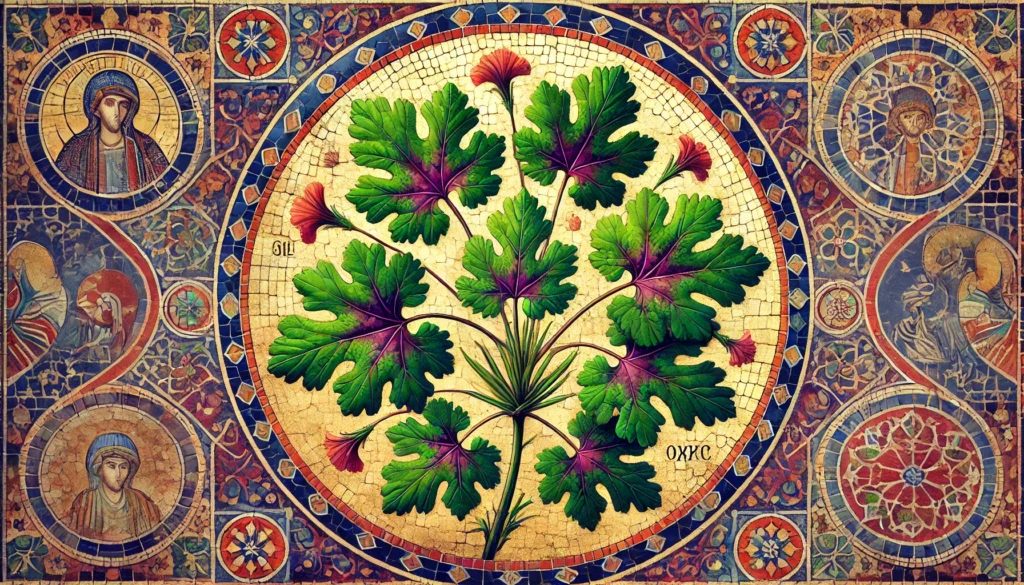

Home » Cat Plants » How the Geranium-Leaf Plant is a Hazard for Cats?

The Geranium-Leaf Aralia, also known as Wild Coffee or Coffee Tree, is a species of evergreen shrub that can be toxic to cats if ingested. This plant contains saponins, which are irritants that can cause mild to severe oral and skin irritation in felines.
Geranium-Leaf Aralia is commonly used in ornamental landscaping and can often be found positioned as a natural privacy fence.
Ingestion may cause mild gastrointestinal upset, but is generally not life-threatening.
Ingestion can result in mild symptoms like vomiting, diarrhea, or drooling. Rarely fatal but may require veterinary care.
Eating these plants can lead to more pronounced symptoms like abdominal pain, lethargy, or difficulty breathing. Veterinary intervention may be necessary.
Ingesting even small amounts can cause severe symptoms like organ damage, seizures, or cardiac failure without rapid treatment.
All parts of these plants are extremely poisonous to cats and can quickly lead to death, even with immediate veterinary care.
** Please note: Please note that toxicity level can vary based on the amount ingested and the specific cat. It's always best to keep these plants completely inaccessible to cats and seek immediate veterinary care or call the poison hotline if you suspect your cat has ingested any part of a toxic plant.
If a cat ingests Geranium-Leaf Aralia, they may experience various symptoms due to the plant’s toxic properties. These symptoms can include:
If you suspect your cat has ingested Geranium-Leaf Aralia, it is crucial to take them to a veterinarian for proper diagnosis and treatment. The vet will likely follow these steps:

A: Yes, cats can be allergic to Geranium Leaf Aralia. Symptoms of an allergic reaction may include itching, sneezing, and skin irritation.
A: Yes, Geranium Leaf Aralia, also known as Polyscias guilfoylei, is toxic to cats. Ingesting any part of this plant can cause symptoms such as vomiting, diarrhea, and drooling.
A: Symptoms of Geranium Leaf Aralia poisoning in cats include vomiting, diarrhea, excessive drooling, and lethargy. Immediate veterinary care is recommended if ingestion is suspected.
A: To prevent contact, ensure that Geranium Leaf Aralia is not present in your home or garden. Keep your cat indoors or monitor outdoor activities closely to avoid exposure.
A: If your cat ingests Geranium Leaf Aralia, contact your veterinarian immediately. Do not induce vomiting unless instructed by a veterinary professional. Immediate medical attention is necessary.
A: Yes, Geranium Leaf Aralia is commonly found in gardens and as an ornamental plant. It is important to ensure this plant is kept out of reach of cats to prevent accidental ingestion.
Geranium-Leaf Aralia, scientifically known as Polyscias guilfoylei, is native to the tropical areas of Africa, Asia, Australia, parts of North and Central America, and the entirety of South America. This evergreen shrub can grow up to 24 feet tall, forming a dense wall of foliage.
Its leaves are long, 1-pinnate, and oppositely arranged, with variable blade shapes that are usually ovate or elliptic and coarsely dentate or lacerate. The leaves often have a white or cream-colored variegation but can also be entirely dark green.
Please note: The information shared in this post is for informational purposes only and should not be considered as veterinary medical advice.
🐾 A hilarious or heart-melting cat video
🐾 Our latest paws-on review of a cool cat toy